How often and how to water my Kiri?
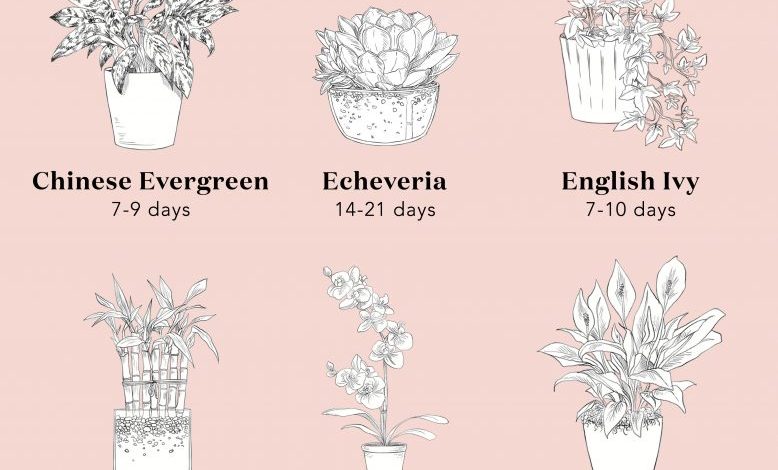
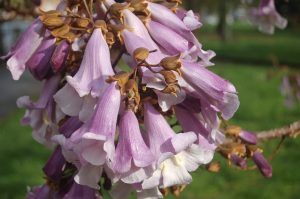 The kiri tree, also known as the imperial or empress tree, is native to China, which has become very popular around the world.
The kiri tree, also known as the imperial or empress tree, is native to China, which has become very popular around the world.
One of its main characteristics is that it achieves a fairly rapid growth, allowing it to be enjoyed in a short time.
On the other hand, it is widely used as a pioneer plant, that is, it is planted to prepare environments before introducing new plant species. Like many other plants, the kiri tree maintains some specific care for the species, among which we find irrigation.
For this reason, below we will give you details of what the kiri irrigation requirements are and how to identify different problems.
Important points when watering a kiri:
- Irrigation frequency: once every two days during the first years of life. Once every 3 or 4 weeks during their adulthood.
- Irrigation method: none in particular
- Optimum time of day for irrigation: avoiding contact with intense sun.
- Identify excess water: puddles, putrefaction.
- Identify lack of water: slow growth, dry leaves and stems.
What watering needs does the kiri have?
Like all trees, the kiri needs water to be able to maintain itself and develop. However, it is precisely during the first years of its life that its water requirements are more decisive.
For this reason, it is recommended that the irrigation be quite often, staying at once every two weeks. However, you will need to watch for signs that the plant needs water during this time.
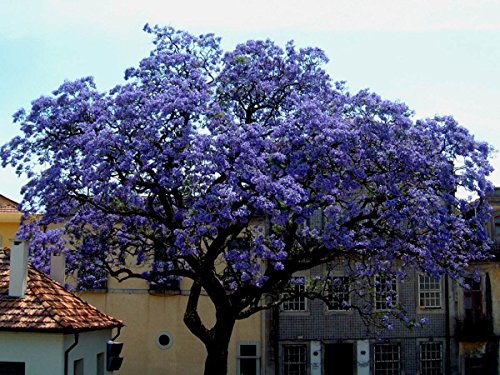
Once it reaches adulthood, the kiri is a tree that can withstand drought very well, so watering will not be necessary as often. It is essential to never water while the sun is high, since it can be harmful to the plant.
How can we detect the lack of irrigation in the kiri?
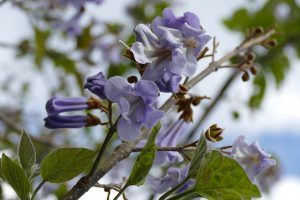 As we have already indicated, the tree behaves differently between its first years of life and its adult stage, so the signs of dryness will be different.
As we have already indicated, the tree behaves differently between its first years of life and its adult stage, so the signs of dryness will be different.
During its first years, when the plant requires more water, it will be possible to notice that the stem will lose strength and the leaves will be dull.
This is a sign that they need watering, although it is not the only way to tell. Another way to determine that it lacks water is by the roots, which become thin and brittle, some can atrophy.
To all this we can add that the land in which it is located will become hard and dry, preventing the correct development of the tree. Similarly, during its adulthood, the kiri becomes a strong tree and very resistant to drought, making signs very rare.
In general, if it goes a long time without water, dull leaves and stems that are much more brittle than normal can be seen.
How often should we water the kiri?
The first years of life it is necessary to water it once every two weeks, while as an adult it can have a flexible schedule. Keep in mind that you must consider the amounts of water that you will provide to the plant, since it is important for its maintenance.
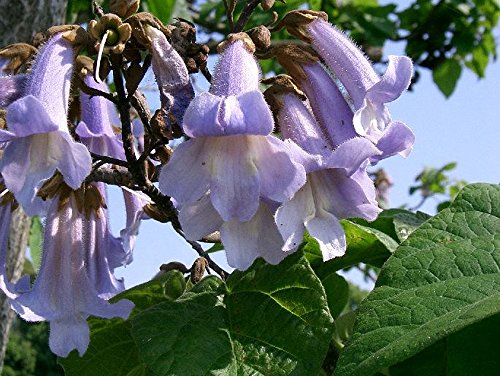
You could do a heavy watering every 4 weeks or moderate waterings every 3 weeks, to give it what it needs to develop.Everything depends on the needs of the soil in which it is planted and the climate that manages the site in question.
What is the best way to water kiri?
This type of tree does not have an ideal irrigation method, since it needs little water to maintain itself. Despite this, while it is still young, you can use a garden watering can for irrigation, avoiding leaving puddles in the area.
Once it is in its final place, that is, directly in the ground, you can use different methods to water it when necessary.
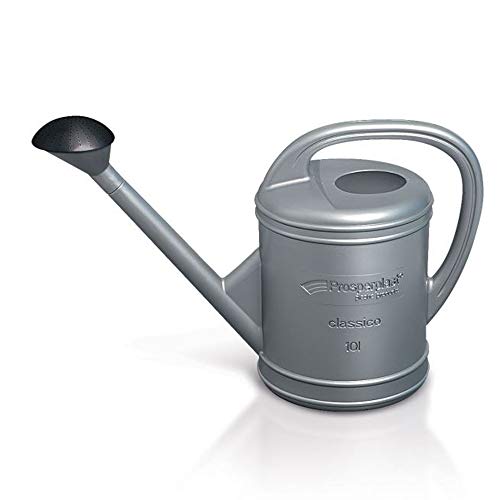
Keep in mind that being a tree with a preference for the sun, it becomes quite important that you never forget your watering schedule. This will ensure that you can have your tree in perfect condition at all times.
How do we detect excess water in the kiri?
Being a drought tree, the kiri will begin to show problems after a short time if it has an excess of water. The first indications will be thanks to the soil, which will become pasty and muddy, indicating that it has more water than it can drain.
Similarly, the roots of the plant will begin to rot from excess moisture, causing them to become mushy. As for the stem and leaves, they will lose vitality and strength, because excess water prevents the tree from being able to nourish itself correctly.
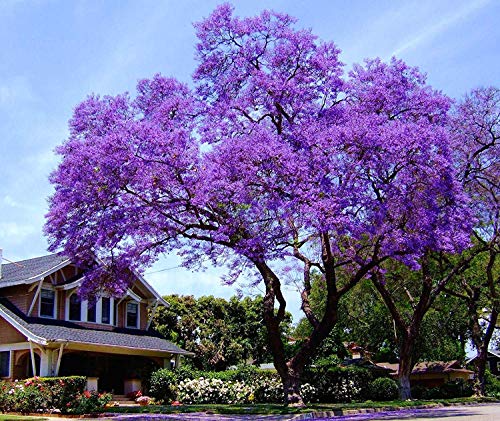
In severe cases, the stem may begin to show signs of rot, indicative of a serious overwatering problem. The kiri can be an ideal tree to plant when you are starting out in the world of gardening because of the little care it requires.
One of them is kiri irrigation and here you have already come a long way with the precise information to achieve excellent results.
Bibliographic references
- [PDF] Paulownia tomentosa invasion risk assessment, G Torres-Morales – repository.humboldt.org.co
- Background and cultivation of the genus Paulownia “Kiri” in Argentina, AM Lupi, M Flores Palenzona, M Falconier… – 2019 – repository.inta.gob.ar
- [PDF] PLANT BIOTECHNOLOGY APPLIED TO CULTIVATION OF Paulownia tomentosa, AND ALTERNATIVES – researchgate.net
- [PDF] In vitro culture of Paulownia (Paulownia tomentosa), MA Ramírez, VM Villalobos, R Salgado – 2001 – researchgate.net



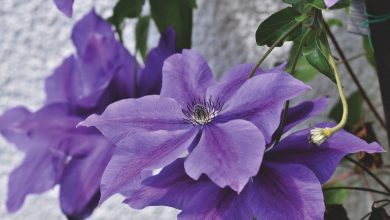
![Photo of Canadian Poplar: [Cultivation, Irrigation, Care, Pests and Diseases]](https://www.complete-gardening.com/wp-content/uploads/2022/08/canadian-poplar-cultivation-irrigation-care-pests-and-diseases-390x220.jpg)